The 30 Essential Black Radio Albums
This list highlights 30 essential albums that trace the lineage of Black Radio, a rich continuum where jazz, funk, soul, and hip-hop intersect. They capture the living evolution of rhythm as language.
When Robert Glasper released Black Radio, he wasn’t naming a single project so much as a living lineage—the continuum where jazz, hip-hop, soul, and R&B speak the same language. This feature traces that spirit backward and forward through thirty essential albums, from Herbie Hancock’s electric experiments to the modern hybrids of Thundercat, Hiatus Kaiyote, and Jyoti. Each record belongs to the same conversation: the ongoing broadcast of Black sound reinventing itself.
Miles Davis, On the Corner
Fusing funk, rock, and avant-garde textures, On the Corner stands as Miles Davis’ most radical studio experiment. Many listeners at the time found it difficult to grasp, but its collage of percussion, bass, and electronic distortion would later influence hip-hop, fusion, and ambient producers. Rather than soloing in a traditional jazz sense, Davis used the studio as a painter’s palette—layering fragments of rhythm into a hypnotic sound mass. What once seemed chaotic now feels prophetic: a vision of the city as groove and noise intertwined.
Herbie Hancock, Head Hunters
Herbie Hancock’s Head Hunters is a monumental work that defined the boundary between jazz and funk. Following Mwandishi and Crossings, this album solidified his move toward electric instrumentation. Built around deep, rubbery bass lines and tightly coiled grooves, it reimagined jazz as a communal rhythm language rather than an intellectual exercise. The repetitive patterns and use of synthesizers gave it a futuristic edge, but the core remains rooted in blues and Black rhythm. It was a pivotal album that bridged the gap between spiritual jazz and urban funk—the moment Hancock turned the future into the present.
Miles Davis, Doo-Bop
Miles Davis’ final studio project blended his trumpet with hip-hop production by Easy Mo Bee. Doo-Bop was controversial at release—people were unsure how to interpret jazz over programmed beats—but it anticipated a future where these worlds would freely interact. Davis sounds curious, playful, even mischievous, riffing over grooves that reflect the 1990s’ street pulse. It’s not a valedictory statement so much as another experiment, suggesting that for Miles, progress never stopped.
Sade, Love Deluxe
Hailing from the UK’s sophisticated soul scene, Sade refined quiet intensity into elegance with Love Deluxe. Every element—from the hushed percussion to the languid guitar—is built around her voice, calm yet devastating. The album exudes restraint and control, with songs like “No Ordinary Love” and “Cherish the Day” unfolding like intimate monologues. Though often labeled “smooth,” it holds a deep ache at its core — the pain of loving too completely. It remains a blueprint for understated emotion in R&B.
Meshell Ndegeocello, Plantation Lullabies
A revolution in tone and identity, Plantation Lullabies introduced Me’shell Ndegeocello’s fierce intellect and sensual minimalism. Her bass anchors the record, but her lyrics—tackling gender, race, and love—carry equal weight. Blending funk, spoken word, and neo-soul textures, she crafted a personal yet political soundscape that reshaped 1990s Black music. Few albums captured vulnerability and defiance in such close balance.
Guru, Jazzmatazz, Vol. 1
In the early 1990s, Guru (of Gang Starr) envisioned a direct dialogue between jazz musicians and rappers. Jazzmatazz, Vol. 1 became the bridge, pairing live instrumentation with conscious lyricism. Featuring Donald Byrd, Lonnie Liston Smith, and Courtney Pine, the album radiates warmth and purpose, turning hip-hop into a gathering of generations. Songs like “Loungin’” and “Take a Look (At Yourself)” show how natural this fusion could be—not nostalgia, but renewal through collaboration.
The Roots, Do You Want More?!!!??!
Before they became household names, The Roots redefined what a live hip-hop band could be. Do You Want More?!!!??! blends jazz improvisation with the freestyle energy of a cipher. Questlove’s drumming and Black Thought’s eloquence create a synergy that feels both spontaneous and composed. It’s a record that made “organic hip-hop” more than a label—a living practice.
Mos Def, Black on Both Sides
Mos Def’s debut is a manifesto of Black consciousness and joy. From “UMI Says” to “Ms. Fat Booty,” it fuses sharp wordplay with compassion. The album celebrates community and rhythm as sources of identity, pairing live instrumentation with underground beats. Its balance of intellect and soul marked a turning point for hip-hop—one that valued humanity as much as style.
D’Angelo, Voodoo
A cornerstone of neo-soul, Voodoo channeled the lineage of Marvin Gaye, Sly Stone, and Prince into a deep, unhurried funk. Recorded with the Soulquarians collective, it feels both communal and carnal at once. “Untitled (How Does It Feel)” is only one facet of its brilliance; elsewhere, “Devil’s Pie” and “Spanish Joint” showcase D’Angelo’s obsession with groove as spirit work. The album’s hazy, analog sound became the heartbeat of the era.
Common, Like Water for Chocolate
Like Water for Chocolate united Common’s sharp lyricism with the Soulquarians’ organic production. Its jazz-funk grooves and Afrocentric themes reflect a search for spiritual grounding in modern life. The album flows with warmth and philosophy—poetic without preaching. It stands as one of the most cohesive expressions of hip-hop’s soulful turn in the 2000s.
Erykah Badu, Mama’s Gun
Following the acclaim of Baduizm, Erykah Badu expanded her palette into more vulnerable and band-driven territory with Mama’s Gun. Anchored by live instrumentation and Questlove’s rhythmic touch, it mirrors the warmth of Voodoo while carving its own emotional depth. Tracks like “Bag Lady” and “Didn’t Cha Know” capture her as both storyteller and seeker—playful one moment, wounded the next. This was neo-soul at its freest and most introspective.
The Philadelphia Experiment, The Philadelphia Experiment
This collaboration between pianist Uri Caine, bassist Christian McBride, and drummer Ahmir “Questlove” Thompson revisits Philadelphia’s musical legacy through a contemporary lens of jazz-funk. By connecting classical technique, soul history, and hip-hop sensibility, the trio built a living dialogue between eras. Their synergy turns the city’s sound into something both scholarly and streetwise—intellectual without losing its groove.
Madlib, Shades of Blue
Madlib’s Shades of Blue reimagines the Blue Note catalog through his crate-digging genius. Rather than simply remixing, he reconstructs — fusing loops, breaks, and live jazz into something both reverent and daring. It’s a meditation on history and rhythm, a beatmaker conversing with the past in real time. Few projects illustrate the continuum between jazz improvisation and hip-hop sampling so elegantly.
The RH Factor, Hard Groove
Roy Hargrove’s RH Factor brought trumpet-led funk into the 21st century. Blending R&B, hip-hop, and jazz, Hard Groove gathered a generation of collaborators—D’Angelo, Common, and Erykah Badu among them. The result is loose, joyous, and deeply rhythmic, demonstrating how improvisation can thrive within contemporary Black music. It’s a jam session that doubles as a manifesto.
J Dilla, Donuts
Created during his final months, Donuts feels like both a farewell and a celebration. Its 31 miniature tracks loop, fragment, and reassemble time itself—joy and mortality intertwined. Dilla’s gift lies in how he made imperfection sound divine: a hiccup in rhythm becomes heartbeat, a crackle becomes breath. More than an album, it’s a philosophy of sound that forever changed the art of beat-making.
Q-Tip, The Renaissance
Q-Tip’s long-awaited return honors his A Tribe Called Quest legacy while embracing new warmth. The Renaissance pairs introspection with buoyant grooves, bridging eras of hip-hop and soul. Its production—lush, analog, deeply human—reflects Q-Tip’s lifelong dialogue between rhythm and thought. A mature, generous work that glows rather than shouts.
Karriem Riggins, Alone Together
A drummer rooted in both jazz and hip-hop, Karriem Riggins built Alone Together as a split portrait: half experimental beat collage, half rhythmic meditation. Drawing from the lineage of Dilla and Madlib, he merges acoustic and digital textures into a continuous flow. It’s not a display of chops but of imagination — a modern map of rhythm’s many dialects.
Esperanza Spalding, Radio Music Society
Esperanza Spalding’s Radio Music Society merges her virtuoso bass work with radiant songwriting. Where Chamber Music Society explored introspection, this record bursts outward, translating jazz ideas into accessible pop-soul form. It’s ambitious yet fluid, proving that complexity and warmth can coexist without compromise.
Jason Moran, All Rise: A Joyful Elegy for Fats Waller
Jason Moran reinterprets Fats Waller not through nostalgia but through transformation. With singer Meshell Ndegeocello as collaborator, he turns Waller’s stride piano into postmodern swing—irreverent, joyful, and alive. The project bridges jazz tradition and contemporary playfulness, reaffirming that history is a living rhythm, not a museum piece.
Flying Lotus, You’re Dead!
A cosmic meditation on mortality, You’re Dead! unites jazz virtuosity with electronic abstraction. Flying Lotus assembles collaborators such as Herbie Hancock, Kendrick Lamar, and Thundercat to create a surreal soundscape of transcendence. The rapid shifts and collisions evoke life flashing before one’s ears—ecstatic, unsettling, endlessly inventive.
Christian Scott aTunde Adjuah, Stretch Music
Christian Scott’s “Stretch Music” philosophy invites all genres—African rhythms, trap, rock, and Latin traditions—into conversation with jazz. Stretch Music embodies that ideal, expanding the trumpet’s voice beyond genre walls. His phrasing and harmonic daring reflect a generation unbound by category—a modern griot channeling movement and identity through sound.
Kendrick Lamar, To Pimp a Butterfly
To Pimp a Butterfly reframed hip-hop as a symphony, a sermon, and a self-examination. Infused with funk, jazz, and blues, it tracks the journey from pride to self-knowledge. Songs like “Alright,” “King Kunta,” and “The Blacker the Berry” form a mosaic of modern Black experience. It’s both a personal reckoning and a cultural milestone—the sound of survival turned into art.
Hiatus Kaiyote, Choose Your Weapon
Hiatus Kaiyote’s sophomore album explodes with syncopation and color. Their blend of soul, funk, and abstract rhythm—what they call “future soul”—feels both intimate and cosmic. Nai Palm’s voice darts through shifting time signatures like a spark. It’s adventurous yet cohesive, showing how groove can still sound alien and alive.
Kamasi Washington, The Epic
A three-disc statement of vision, The Epic reignited jazz’s sense of grandeur. Kamasi Washington draws from gospel, orchestral soul, and spiritual jazz, channeling collective energy into a vast, cinematic sound. Its length is not indulgence but devotion—a reaffirmation that Black music’s spiritual reach remains boundless.
Anderson .Paak, Malibu
Anderson .Paak’s breakthrough blends funk, hip-hop, and California sunshine. His raspy delivery and live-band aesthetic evoke both D’Angelo’s intimacy and Dre’s polish. Malibu celebrates resilience—songs about hustle and hope wrapped in warmth. It’s a modern soul record for everyday triumphs.
Thundercat, Drunk
On Drunk, Thundercat balances virtuosic bass runs with absurd humor and melancholy. Its kaleidoscopic vignettes dart from heartbreak to video games to cosmic reflection, mirroring the chaos of modern life. Beneath its playfulness lies sincerity—a jazz-funk cartoon of emotion that feels startlingly human.
Chris Dave and the Drumhedz, Chris Dave and the Drumhedz
Chris Dave’s project gathers a rotating cast of musicians who blur the boundaries of soul, rock, and R&B. Their grooves breathe like conversation — loose, layered, unpredictable. The album’s mix of rap verses and abstract instrumentals reveals how rhythm itself can tell stories. It’s an ensemble built on chemistry, not hierarchy.
Mark Guiliana, Beat Music! Beat Music! Beat Music!
Drummer Mark Guiliana fuses electronic sequencing with live improvisation, bridging the precision of jazz and the energy of the dance floor. The album’s intricate polyrhythms and glitch textures push drumming into digital conversation. It’s both cerebral and body-moving—the jazz kit as circuit board.
Jyoti, Mama, You Can Bet!
Georgia Anne Muldrow’s alter ego, Jyoti channels Sun Ra’s cosmic energy into an intimate, piano-centered form. Mama, You Can Bet! blends jazz, soul, and experimental improvisation into something deeply personal. Its warmth and abstraction coexist beautifully—a love letter to Black creativity across generations.
Theo Croker, BLK2LIFE // A Future Past
Theo Croker crafts an Afrofuturist soundscape that connects ancestral rhythm with space-age imagination. Trumpet leads meet digital textures, while spoken interludes evoke lineage and prophecy. It’s a meditation on heritage as movement—the Black future built on sound memory.


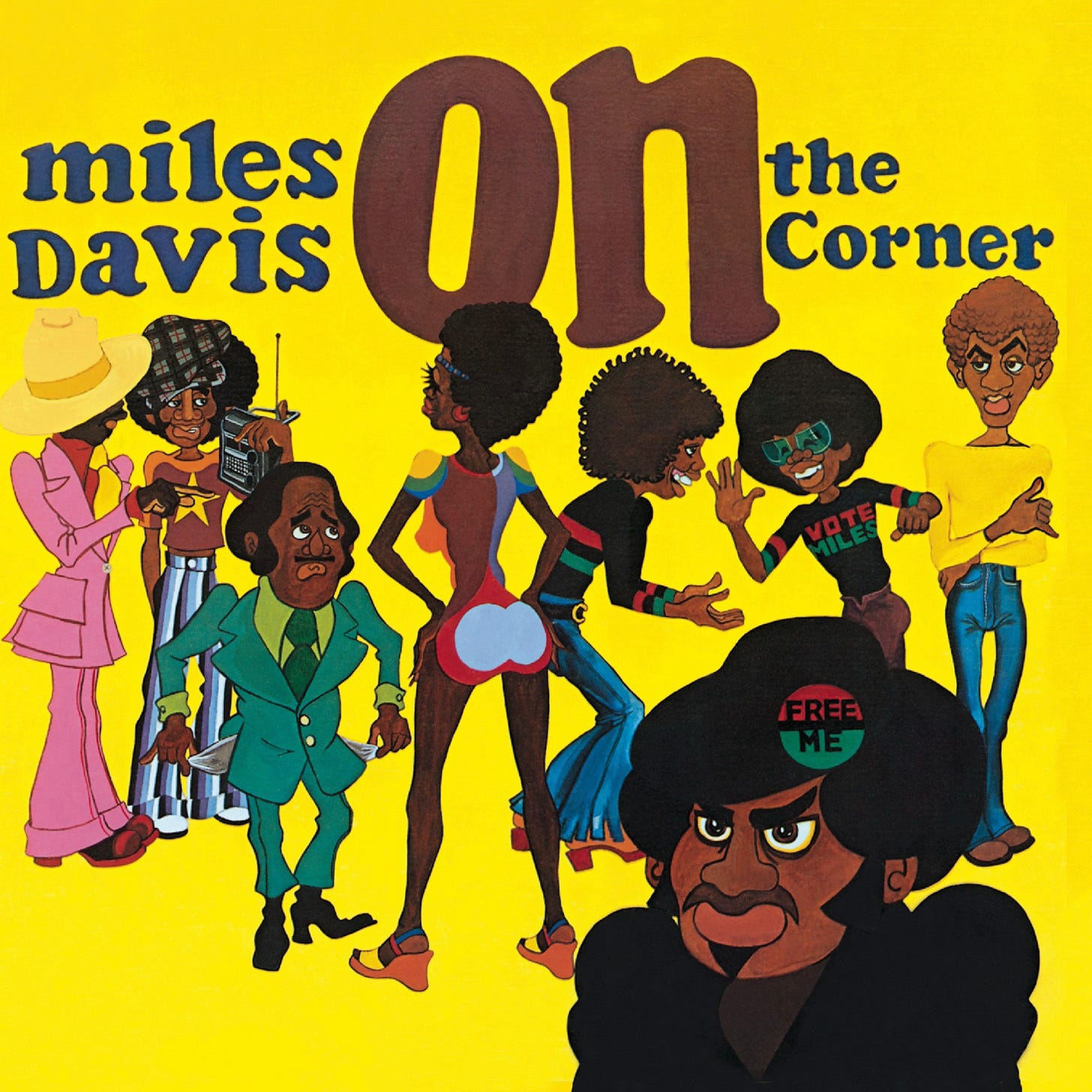
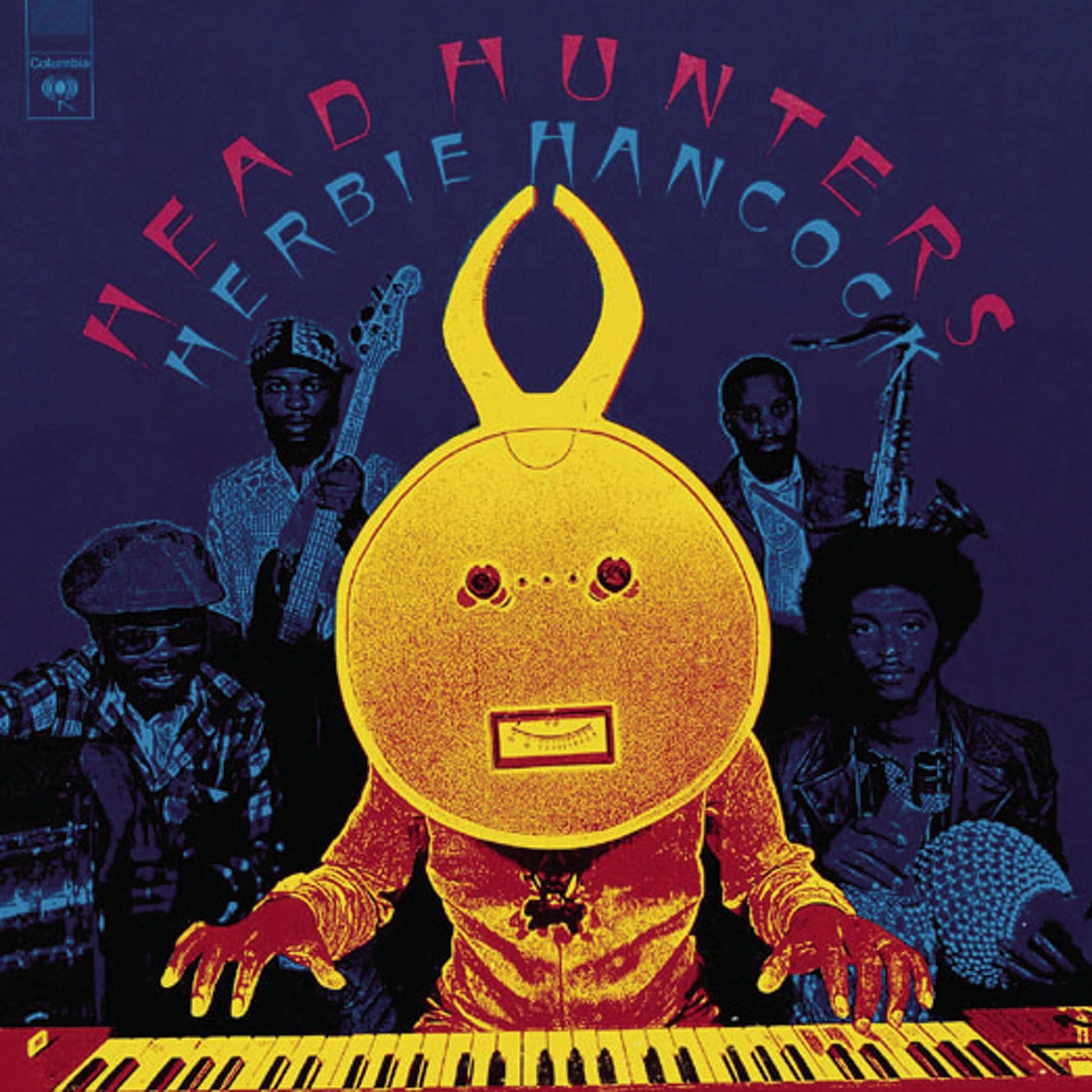

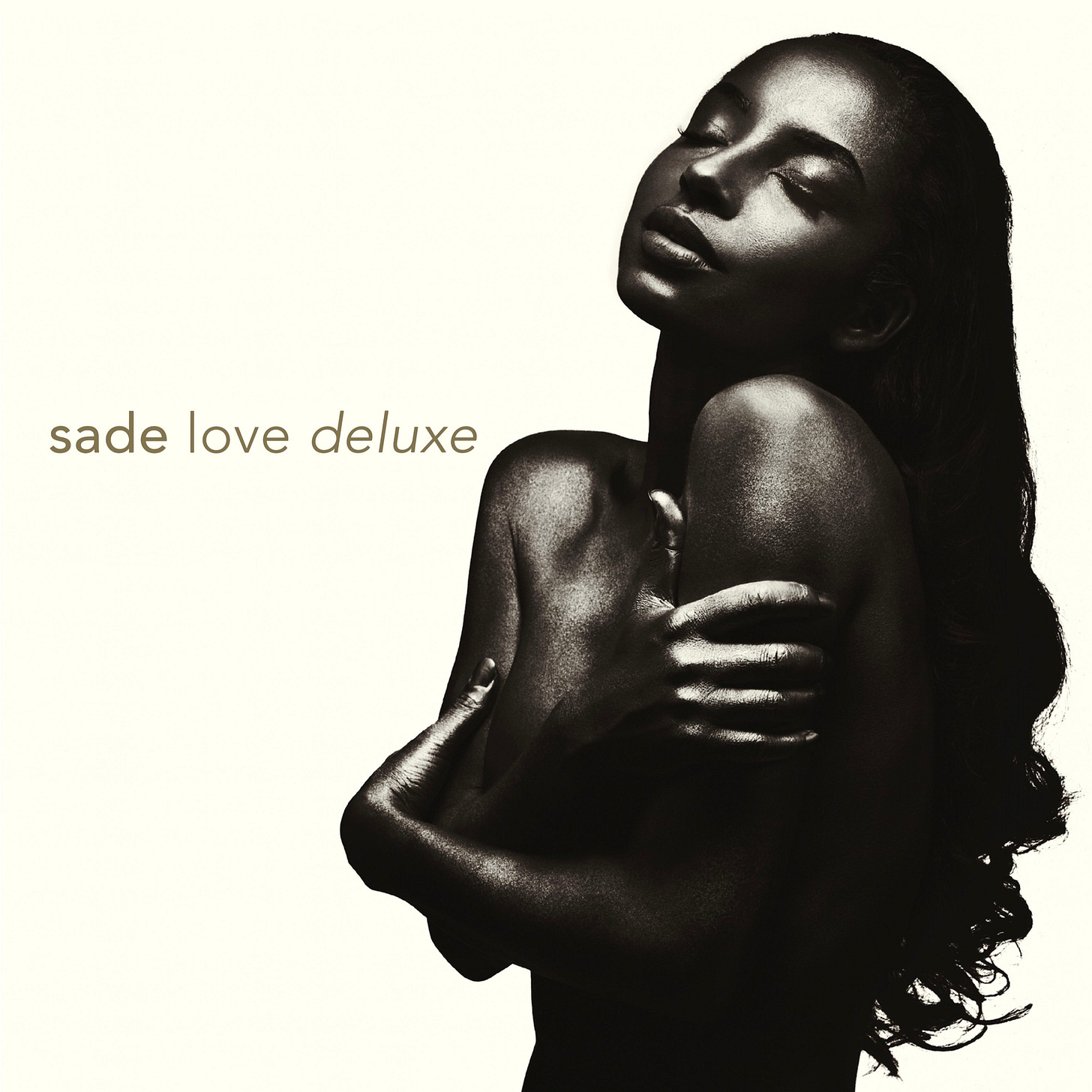
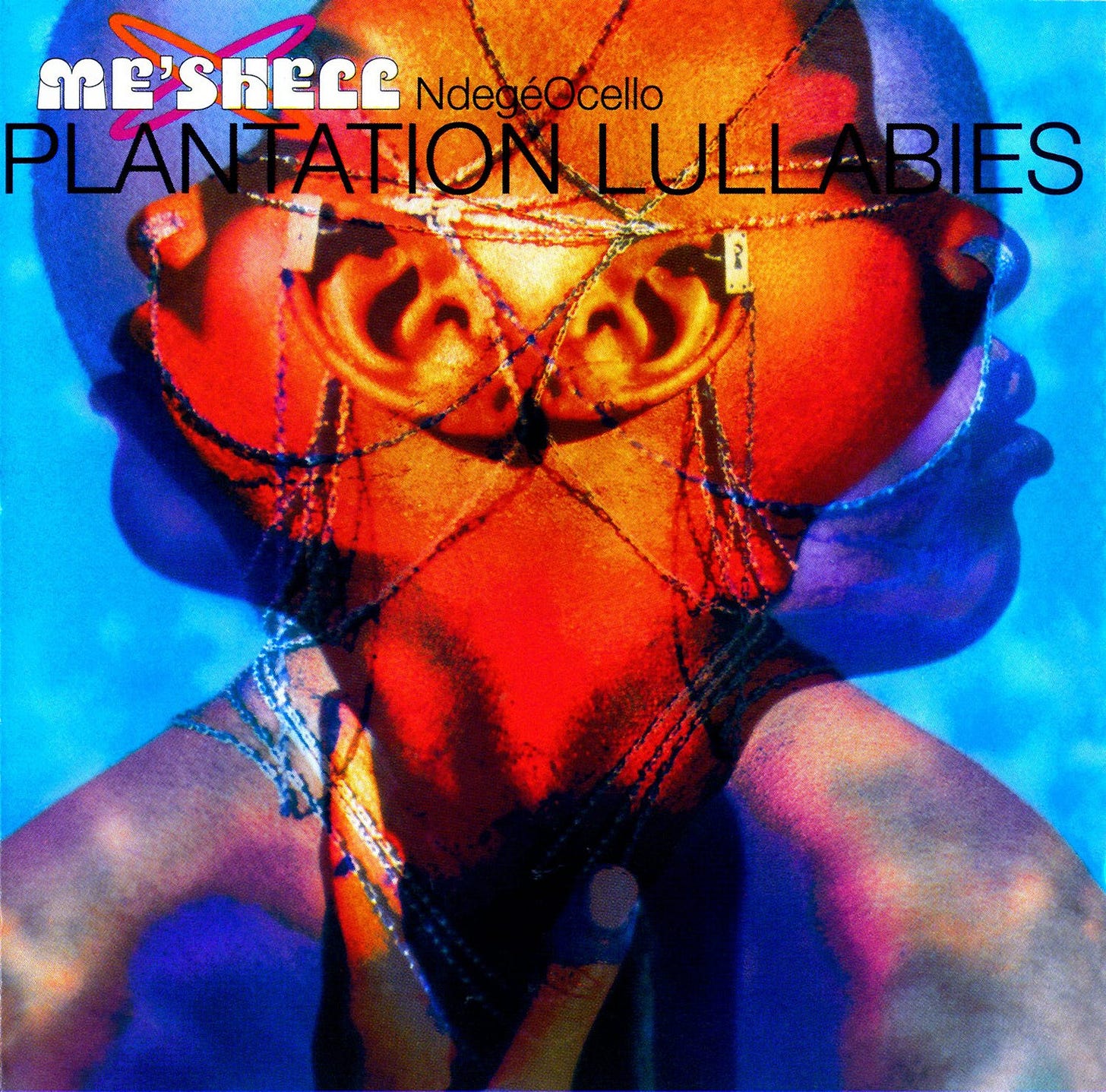

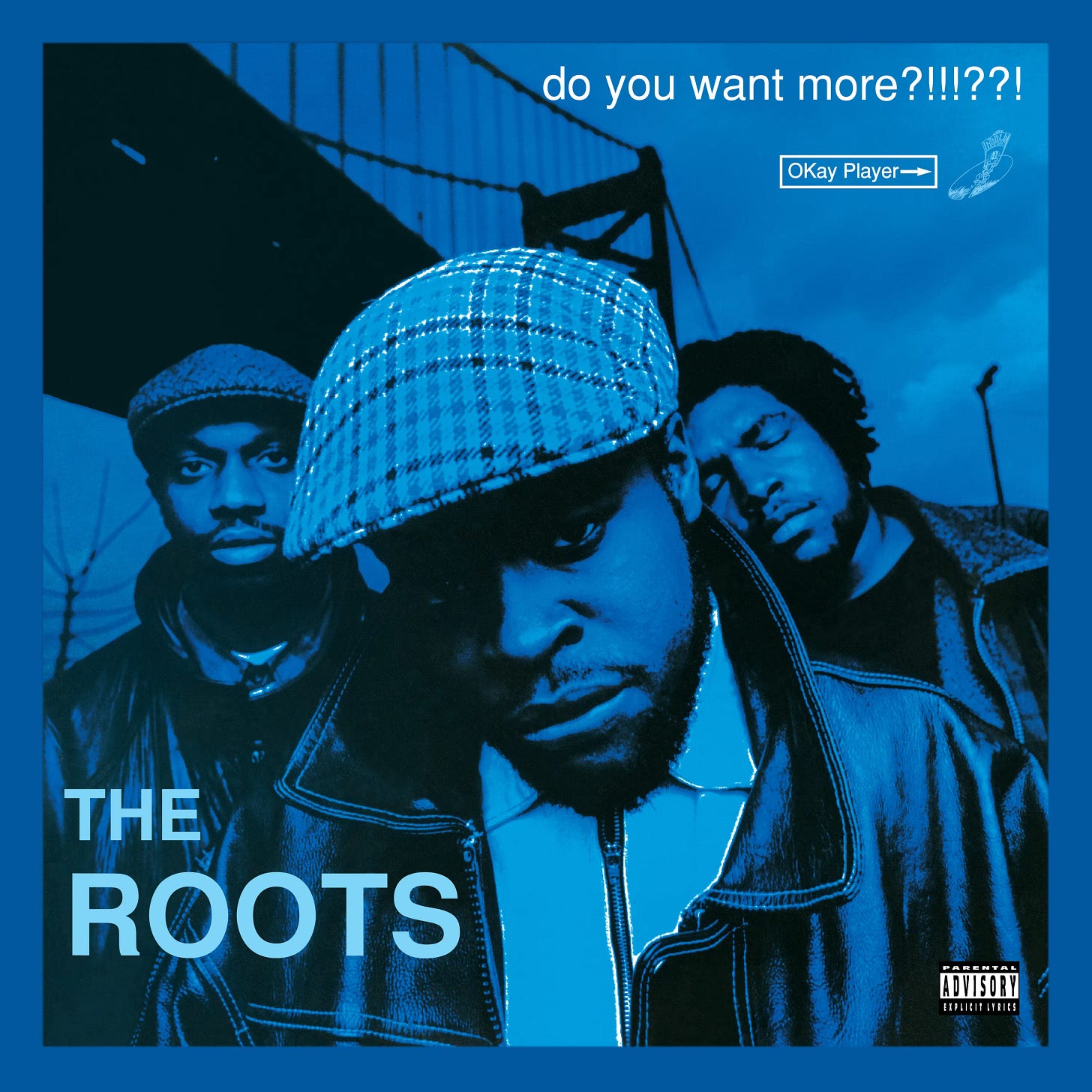
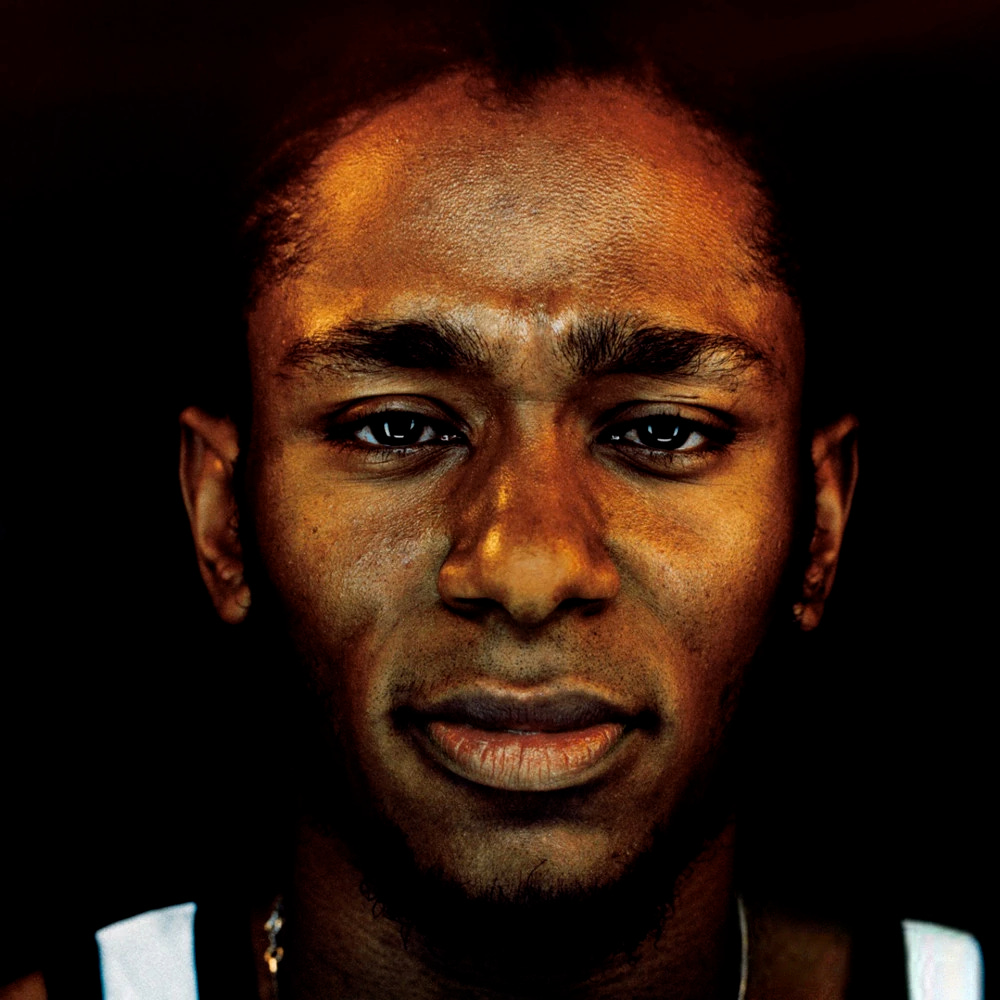
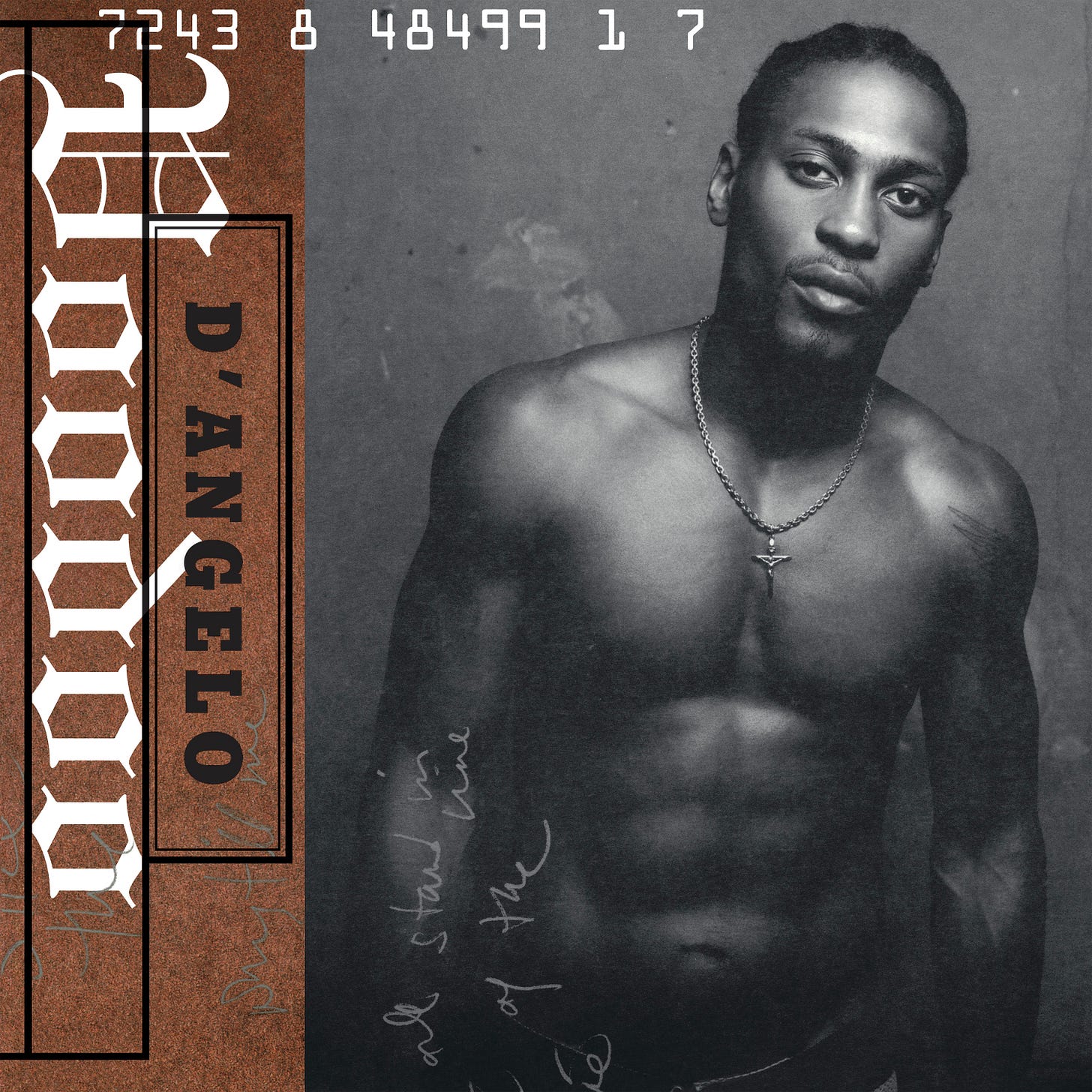
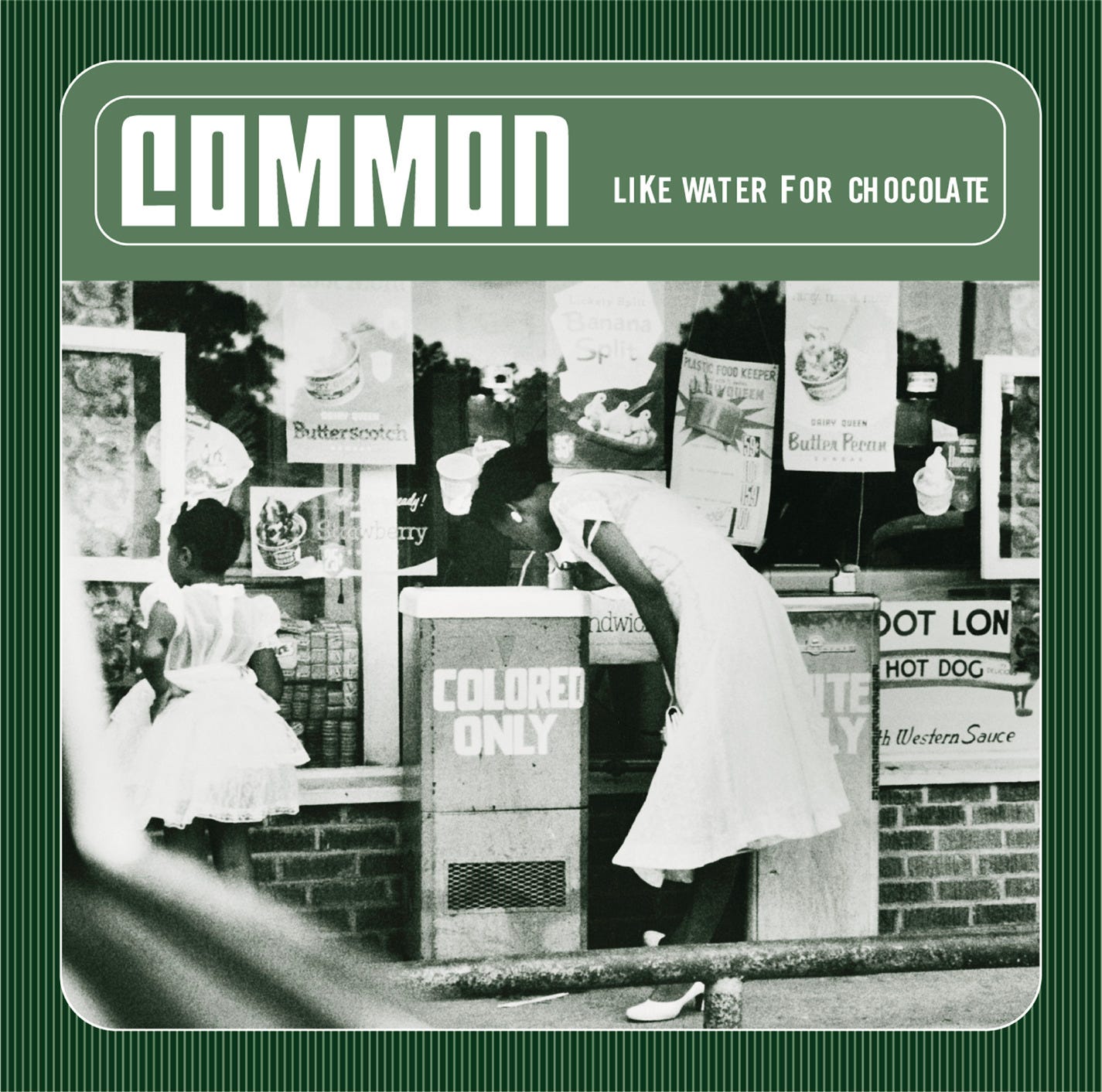


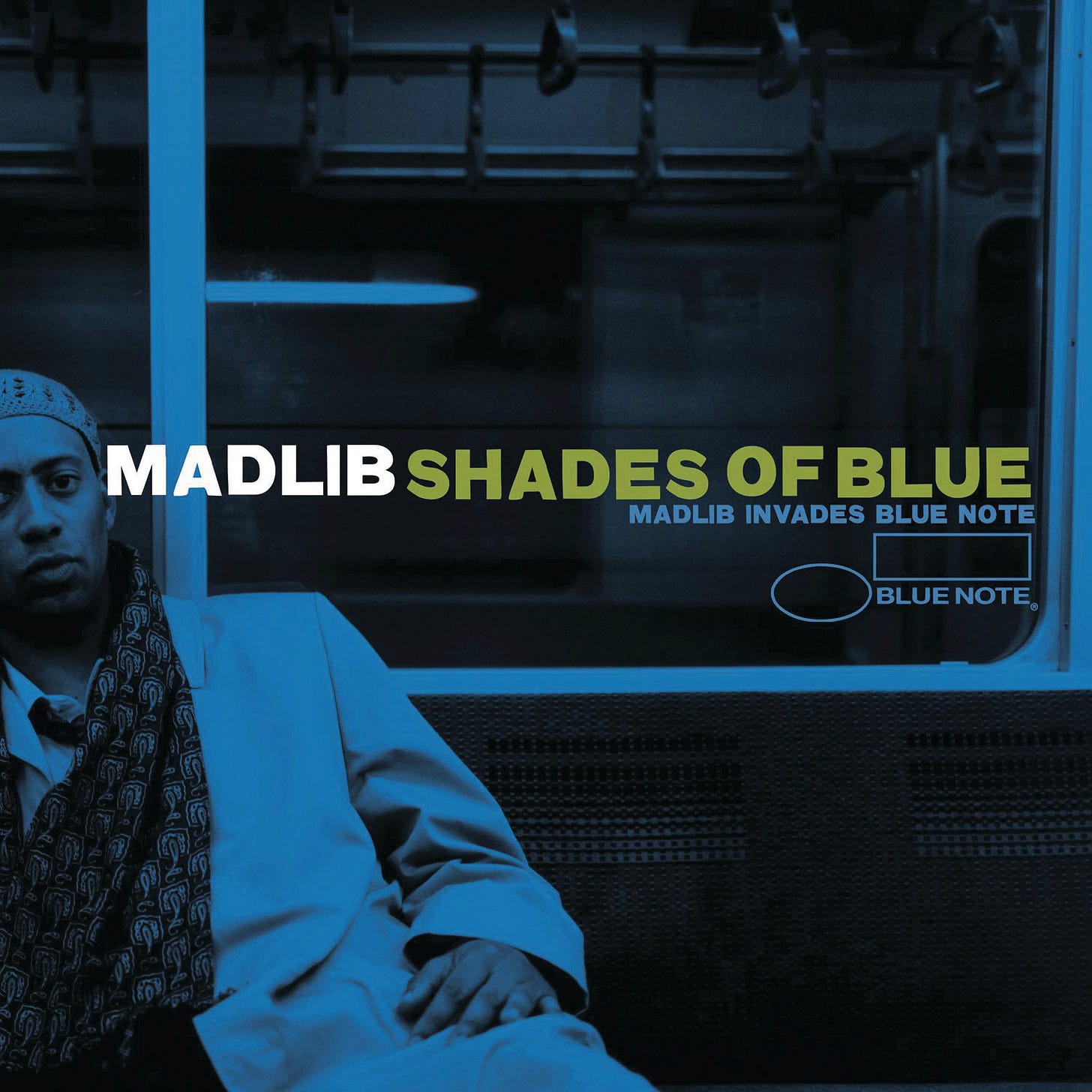

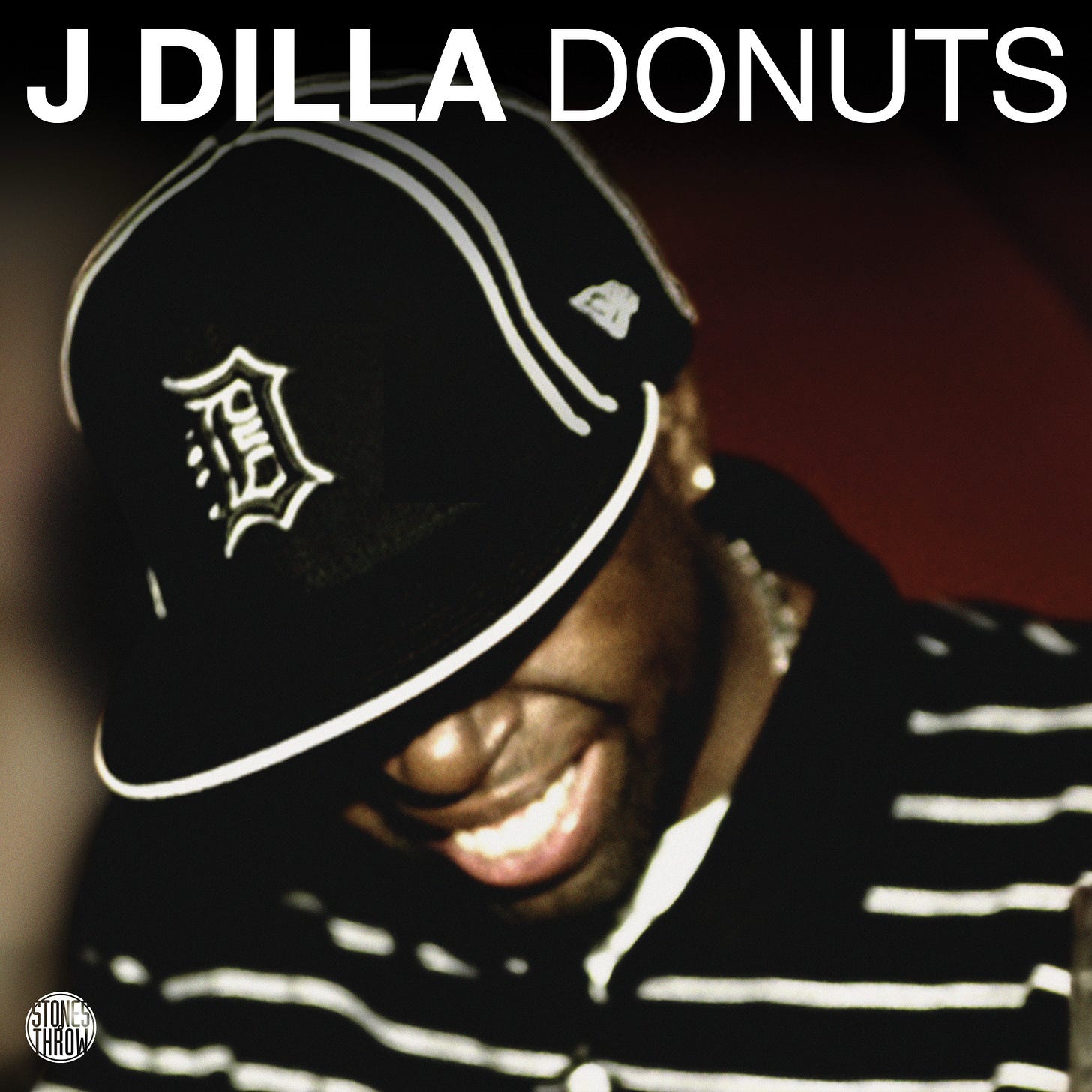


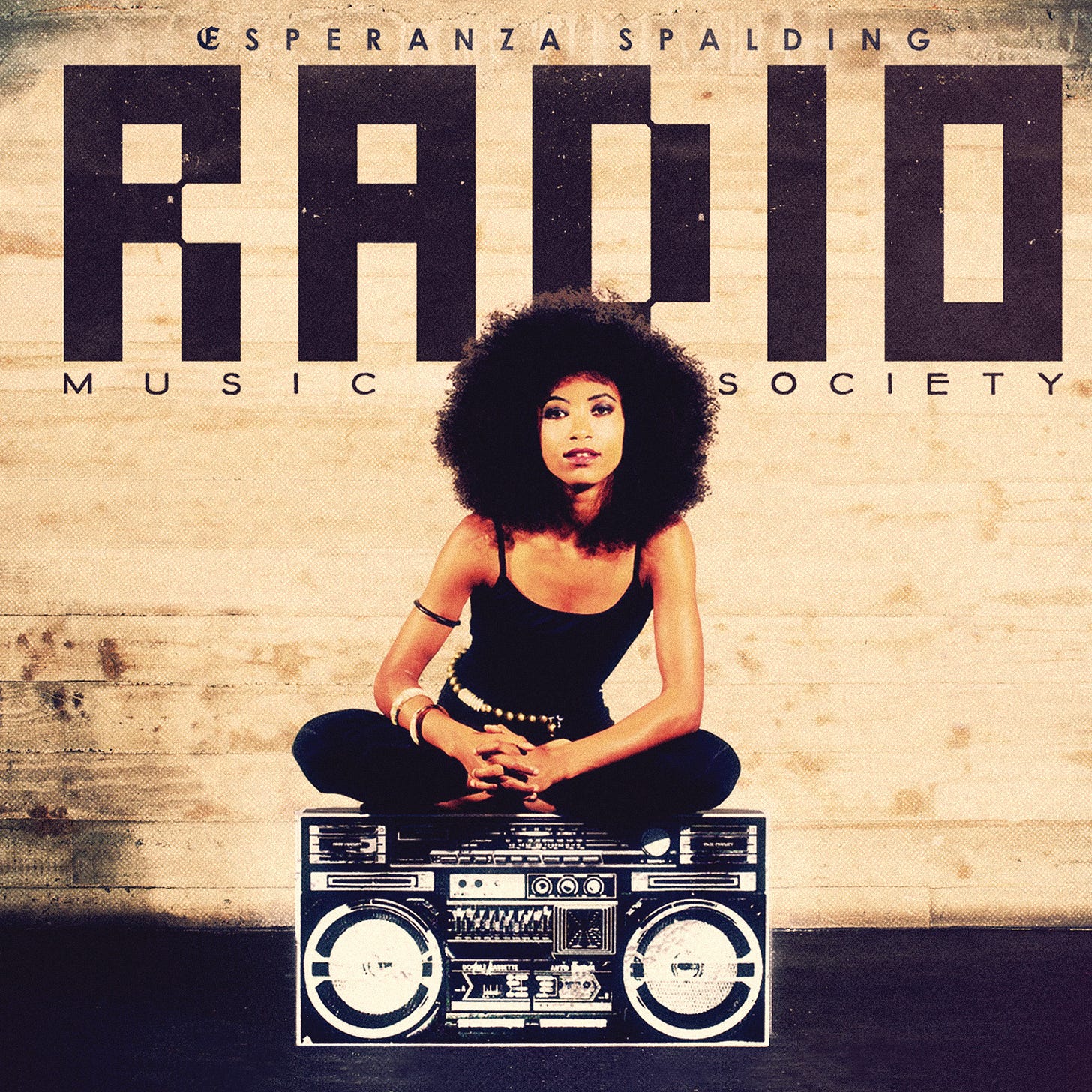
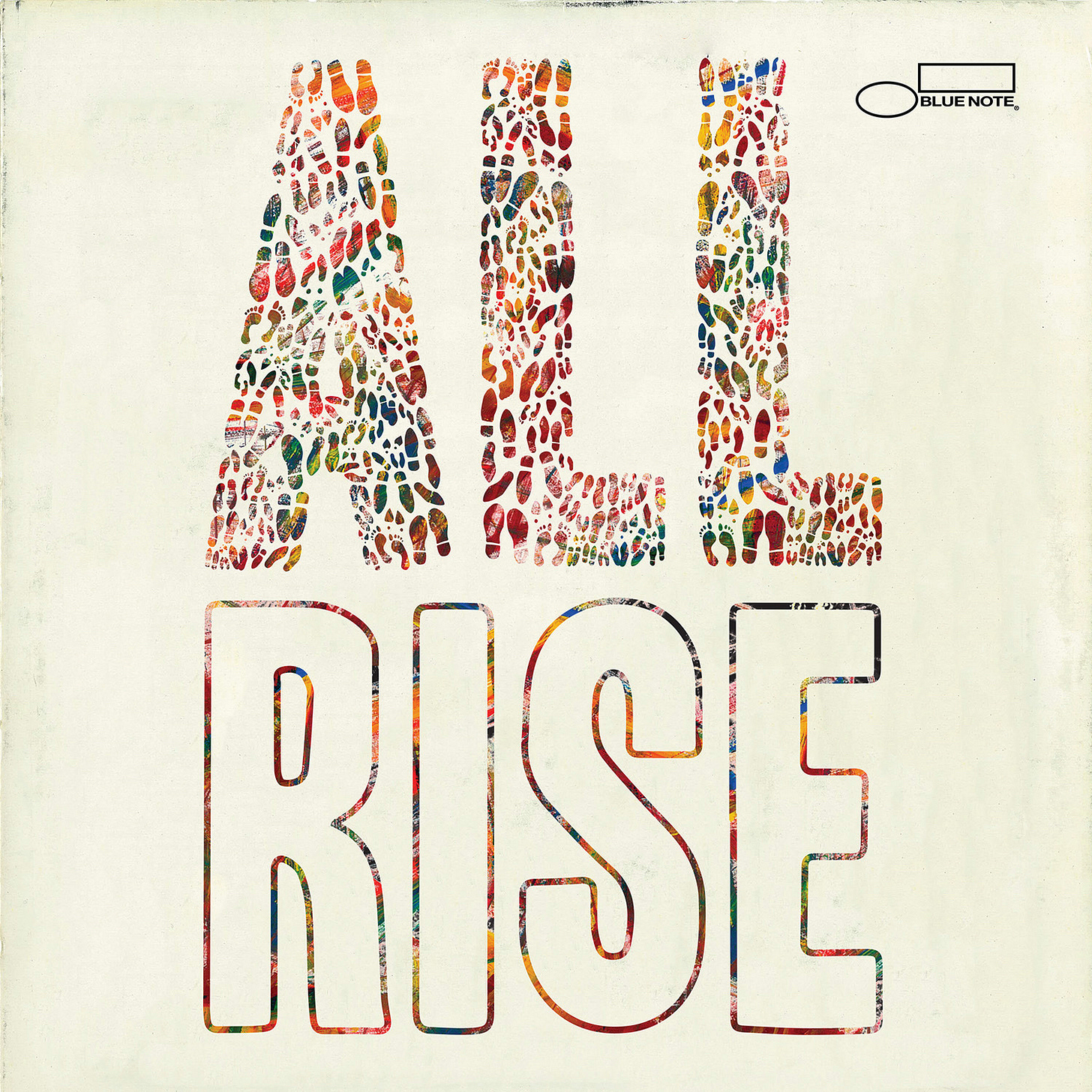
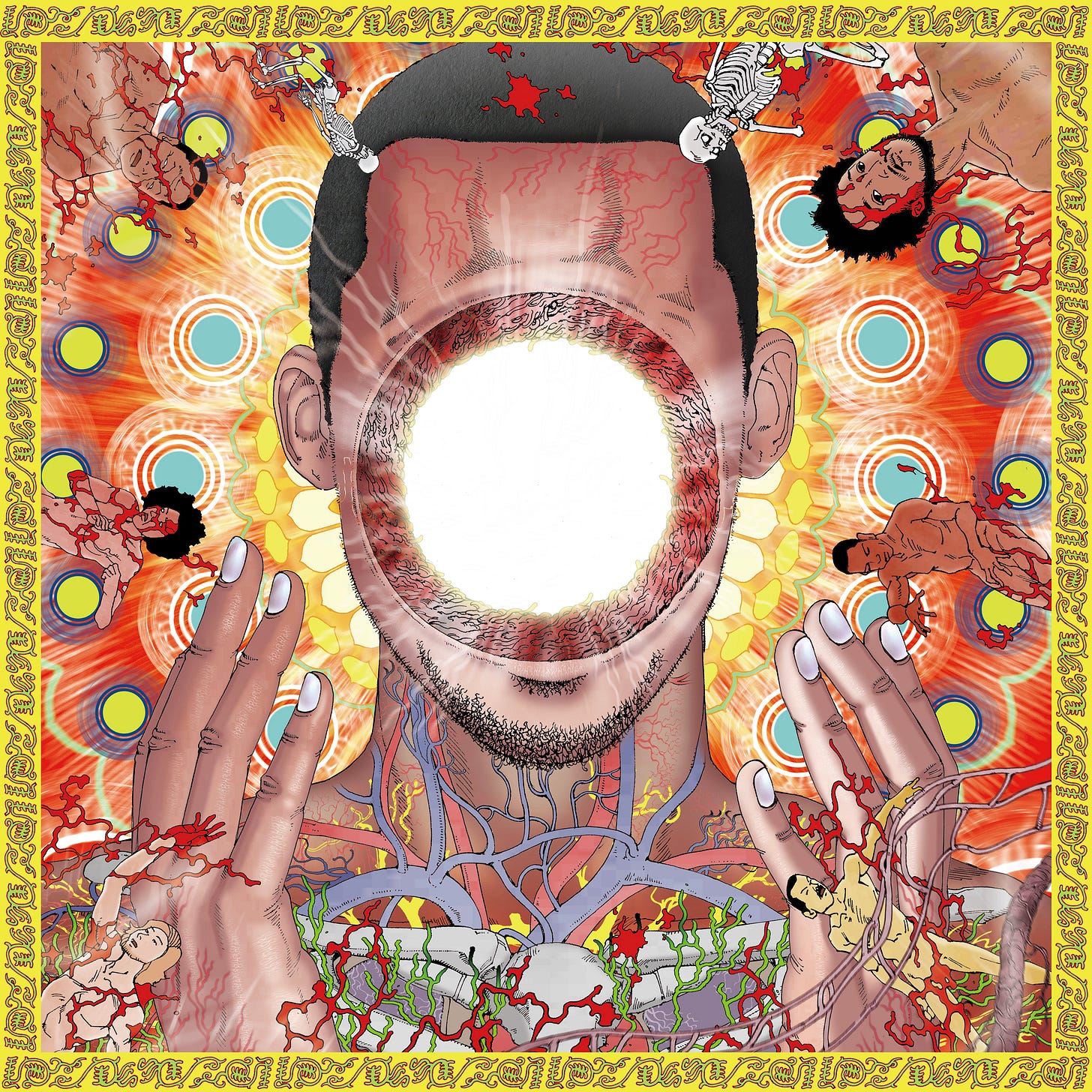


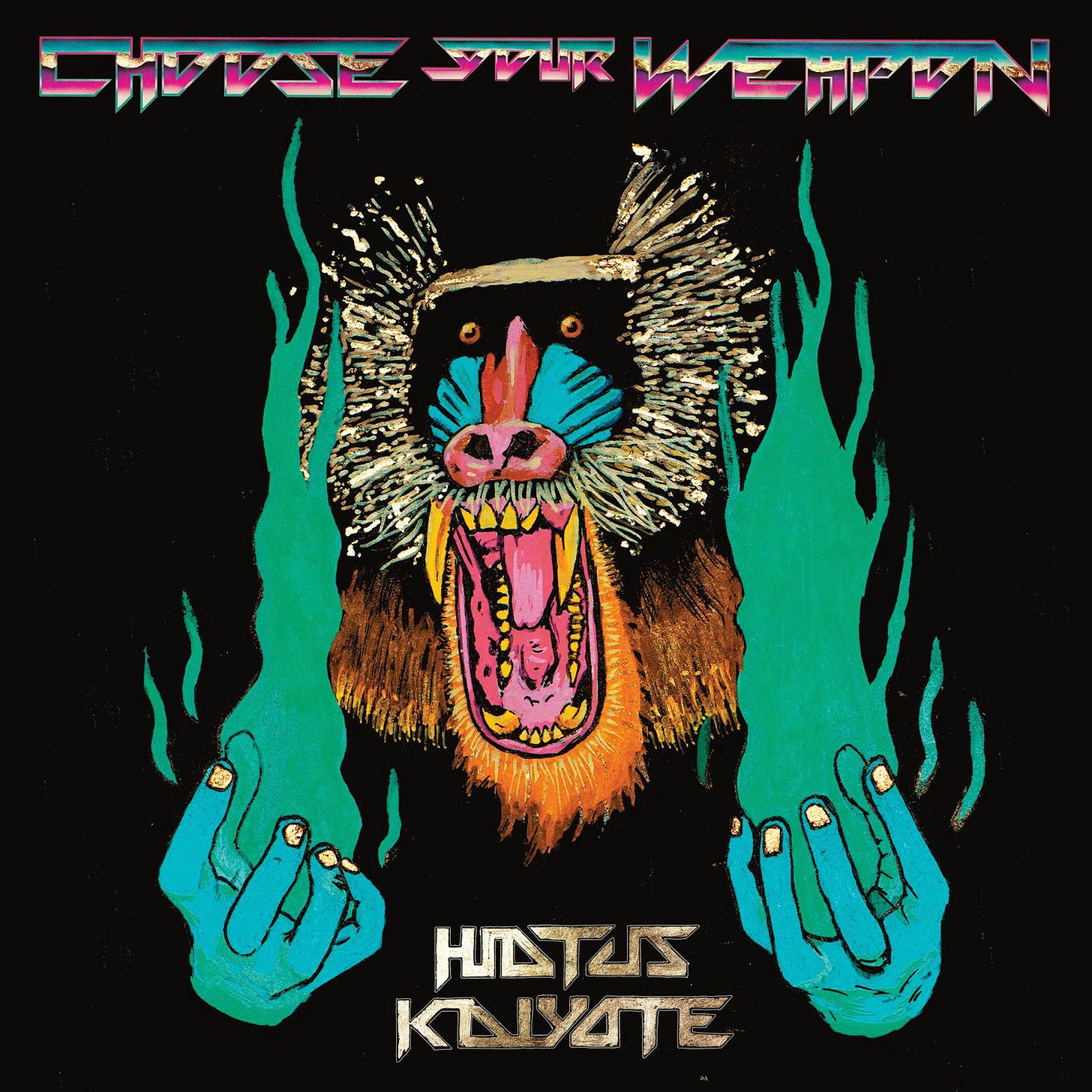

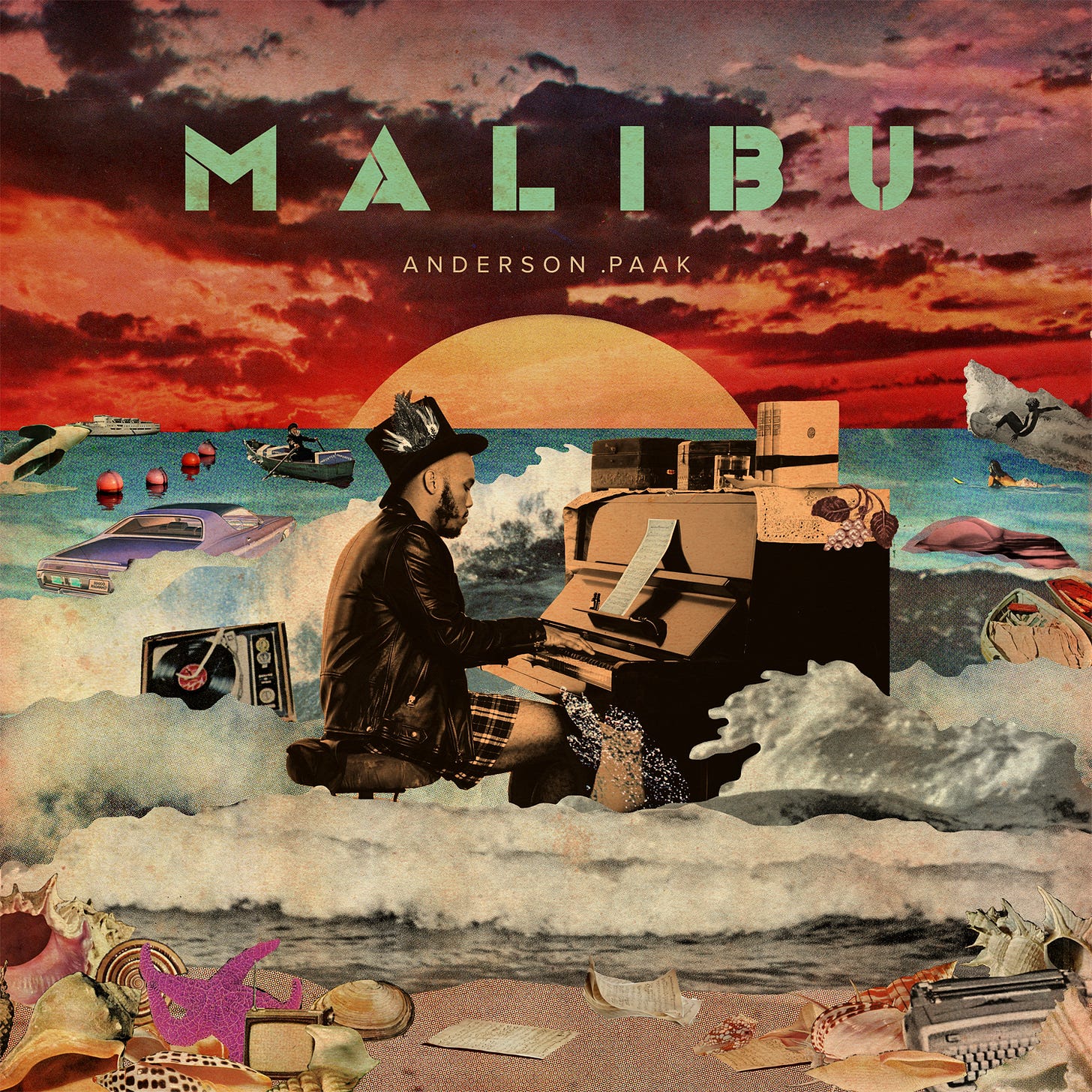



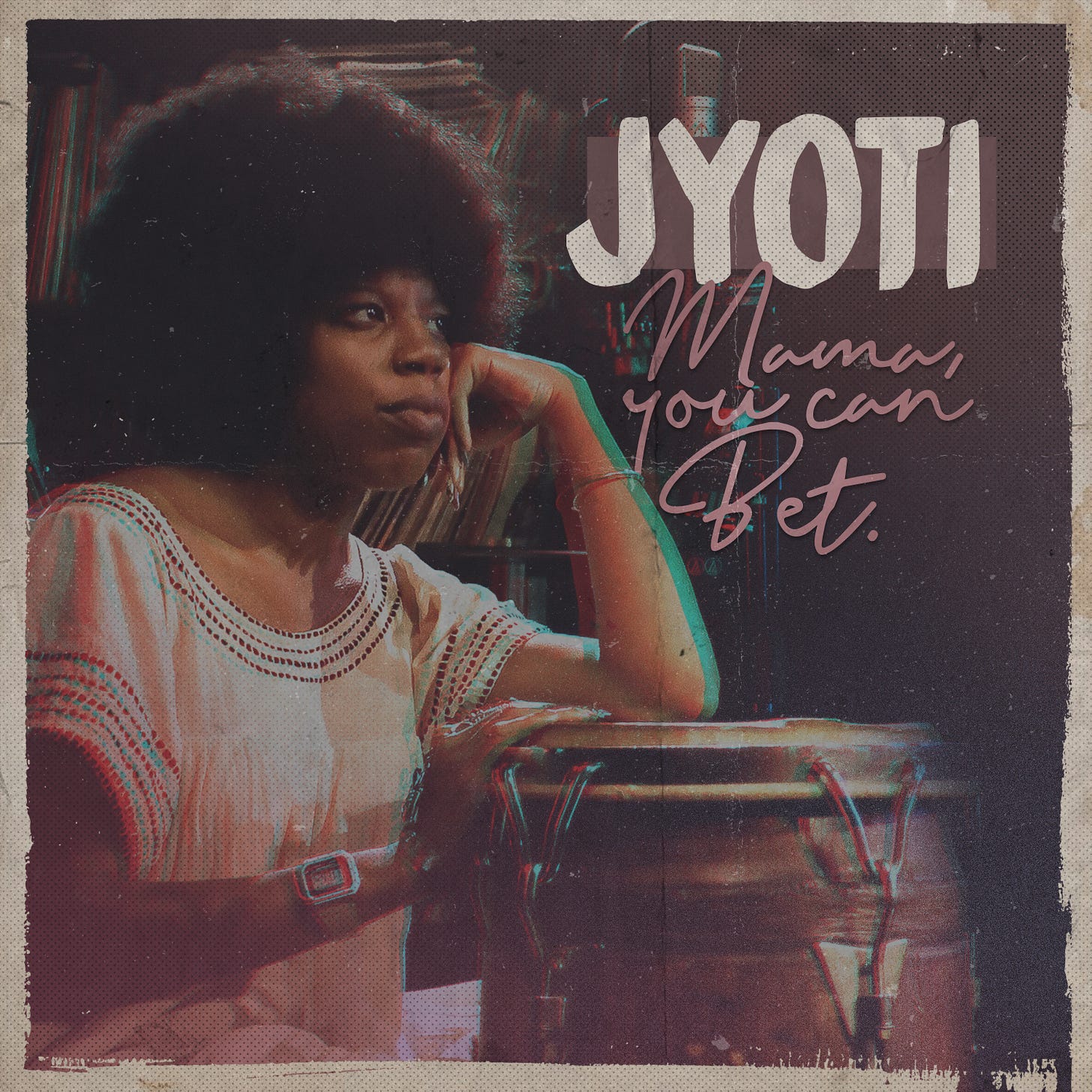
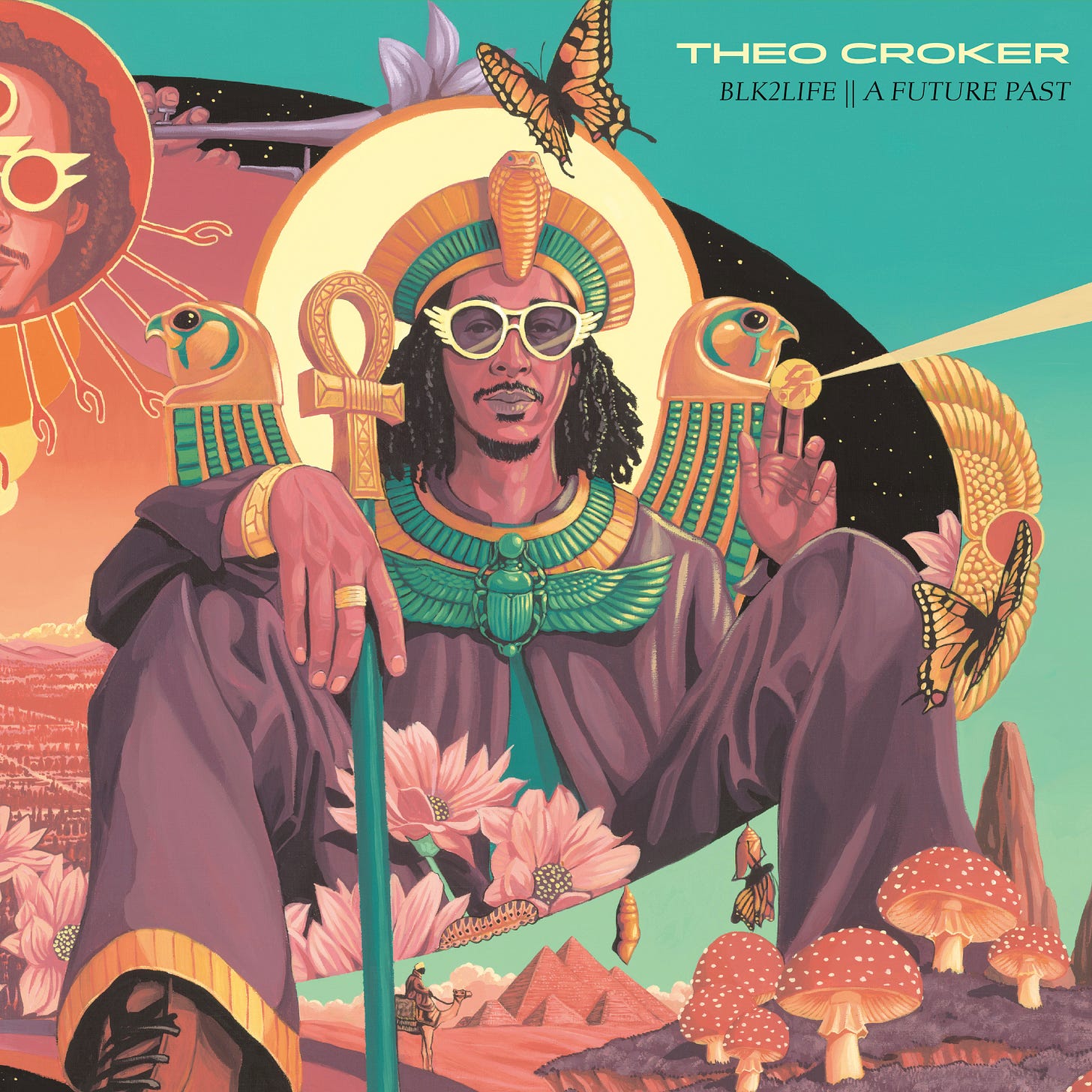
OK, I have to just say that your content is *ridiculously* good. There are a bunch of albums here I either have or know about but also quite a few I had no idea of --- I'd never heard of that Jyoti album and it looks amazing. Subscribed!